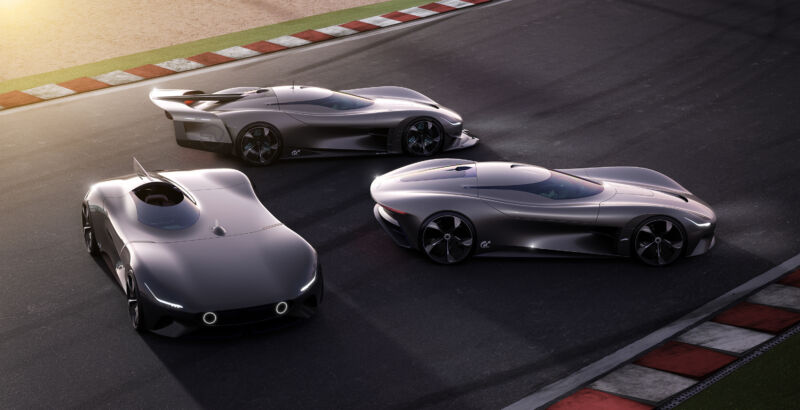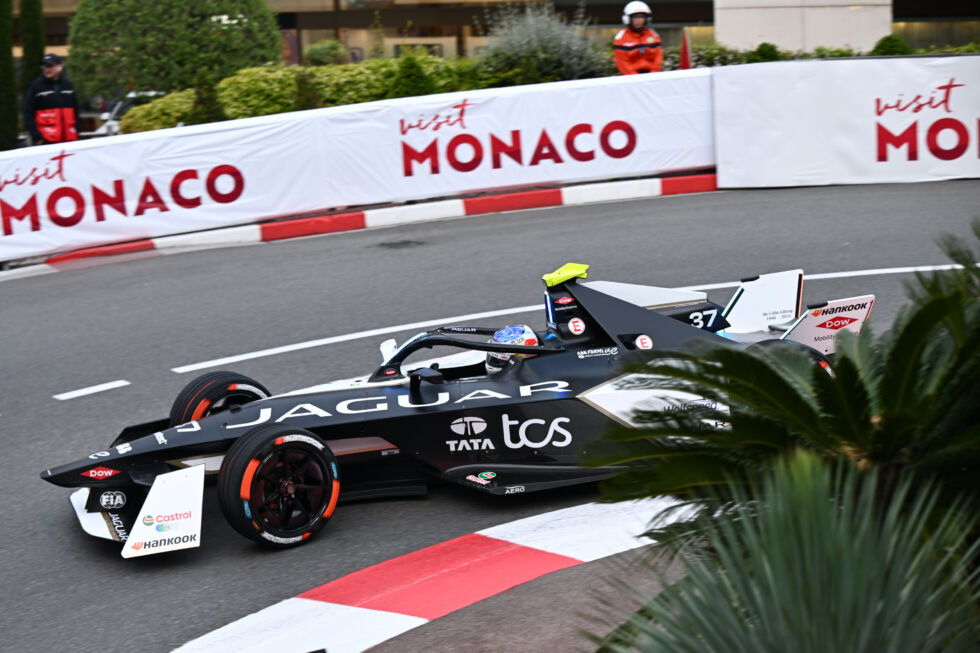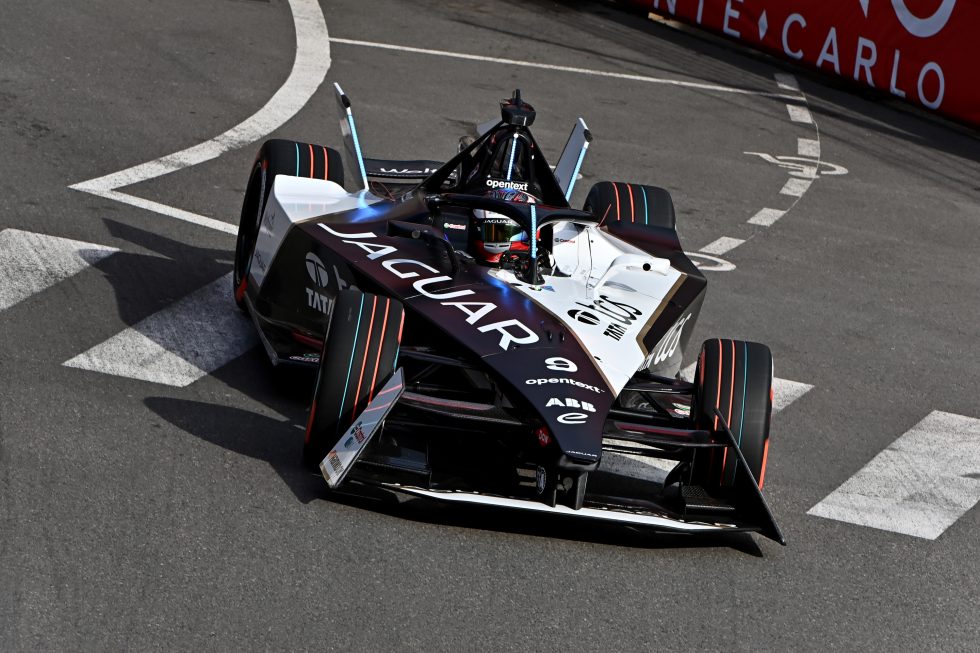
MONACO—It may be hard to remember, but not too long ago, Jaguar made a very nice electric vehicle. The I-Pace arrived in 2018, and it was the only EV other than the bare-bones Chevy Bolt that could compete with a Tesla on range. It was great to drive, too. An electric replacement for the XJ sedan was meant to be next until it was canceled months before production was supposed to begin.
"I'd seen the car, it was a beautiful car, but when I look at the designs that we have now, when I look at the technology that we'll bring in the vehicle, it's night-and-day different," said Rawdon Glover, managing director of Jaguar. "I think that previous car would have been sort of a segue into something else, where we're doing a step change."
And a step change is what Jaguar Land Rover CEO (and Glover's boss) Thierry Bolloré wants for Jaguar: for it to move upmarket, the way Range Rover has. Tearing up the electric XJ was a bold step—it meant the only new electric Jaguars to debut from 2021 until 2025 would be the brand's Formula E race cars.

But 2025 is getting close. Later this year, production of the XF, E-Pace, and F-Pace will all end, as will the I-Pace. The F-Pace production line at Solihull in the British midlands will be revamped to build the first of three models built on an all-new EV platform, Jaguar Electric Architecture. That first model will be a four-door electric GT, a space that's about to get very competitive as the established Porsche Taycan is also joined by alternatives from Lotus and Polestar.
AdvertisementJaguar is not quite ready to start talking specifics of that JEA platform, although Glover told me to expect about 400 miles of "real-world range" (700-plus miles, according to the WLTP test cycle) and a battery pack that can fast-charge to 80 percent in 15 minutes. I'll admit, I'm looking forward to finding out more—Jaguar's history has often featured financial troubles, but it's also been jam-packed with innovation.
Formula E is making future Jaguars better EVs
I met with Glover on the day the team's cars took a 1–2 victory on the streets of Monaco. They put on a good show—unlike Formula 1, Formula E cars can actually race around this place—three wide at times, and overtaking happens (occasionally, memorably, into a corner where most people think you can't overtake).
The ePrix can't quite compare to the F1 Grand Prix in terms of glamour, but it's not too far off; the harbor had a decent complement of yachts packed with important sponsors in need of some VIP treatment. As an event to visit as a spectator, you'll see better racing and have to battle smaller crowds if you choose the ePrix, not to mention save some euros in the process.
Jaguar has long embraced Formula E as a constructor and has made the most of the opportunities for technical development, even if they're mostly restricted to the powertrain and software. The I-Pace got a handy range boost after Jaguar's boffins learned a thing or two about efficiency from racing electric cars, and the race team is proving Wolfspeed's silicon carbide inverters, versions of which will find their way into the forthcoming road cars.
I also can't wait to see what the Jaguar GT looks like. Probably nothing like the concept car images in this piece, which the company created as a drivable model for Sony's Gran Turismo.
"It will be the design that differentiates the vehicle; it needs to be capable technically, and it will be capable, but what will really differentiate is the design," Glover explained.

To foster some internal competition, Jaguar's chief creative officer, Gerry McGovern, split his designers into three teams and gave them three months to get creative. "And all he says is 'you have to deliver these three types of vehicles [including the GT].... if you want to do other ones on top, great. It's got to be future-proof. It's got to be exuberant. It's got to take Jaguar back to when we were actually renowned for making striking, beautiful sedans and sports cars.' And within three months, we had 17 full-size models from the different design teams," Glover said.
AdvertisementThe company's renaissance will require more than just good cars, though, said Glover. "You can take the product and that will take you so far, but unless you change the brand world that goes with it, you're probably not going to make that step," he said.
"At the moment, if you take the HMI on the [Jaguar] app, what you find on the vehicle, what you find on our website—they're all different. With this new world, it's all going to look like it's actually from one consistent brand, so the experience will be very different," Glover told me. "We need to elevate the ownership experience because, again, it's OK selling cars at €55,000–60,000 [$60,000–$65,000], whatever the price point may be. We're going to more than double that. So actually, it does change how we go to market."
A consistent look and feel shouldn't be knocked—it's that attention to detail that has so often lifted Mazda's machinery out of a sea of mediocrity. But for $100,000-plus EVs, we're also talking all-new dealership experiences, much closer to the modern Range Rover approach, which Glover described as "more client-focused." There may be some parallels with how Korean luxury startup Genesis has been thinking, including making the experience of servicing a car as effortless as possible.
"f you look at when Jaguar was successful, it was successful when it made really beautiful cars that... nobody necessarily needed," Glover said. "So [we're] taking it back to what we think is probably the right place. This is where we were successful: smaller volume, more desirable, high price point."



















